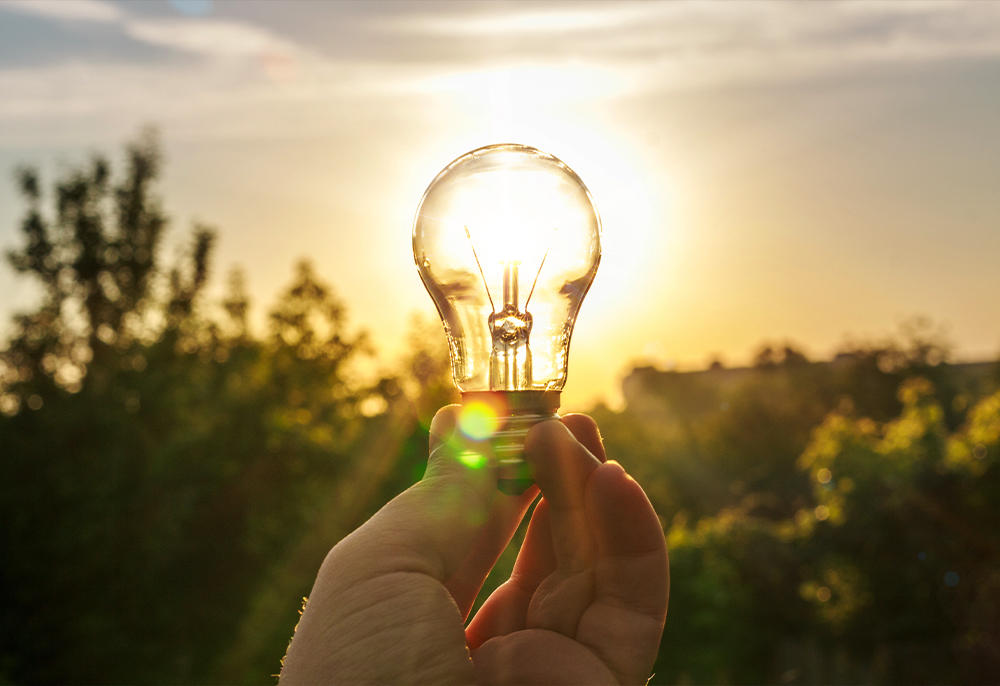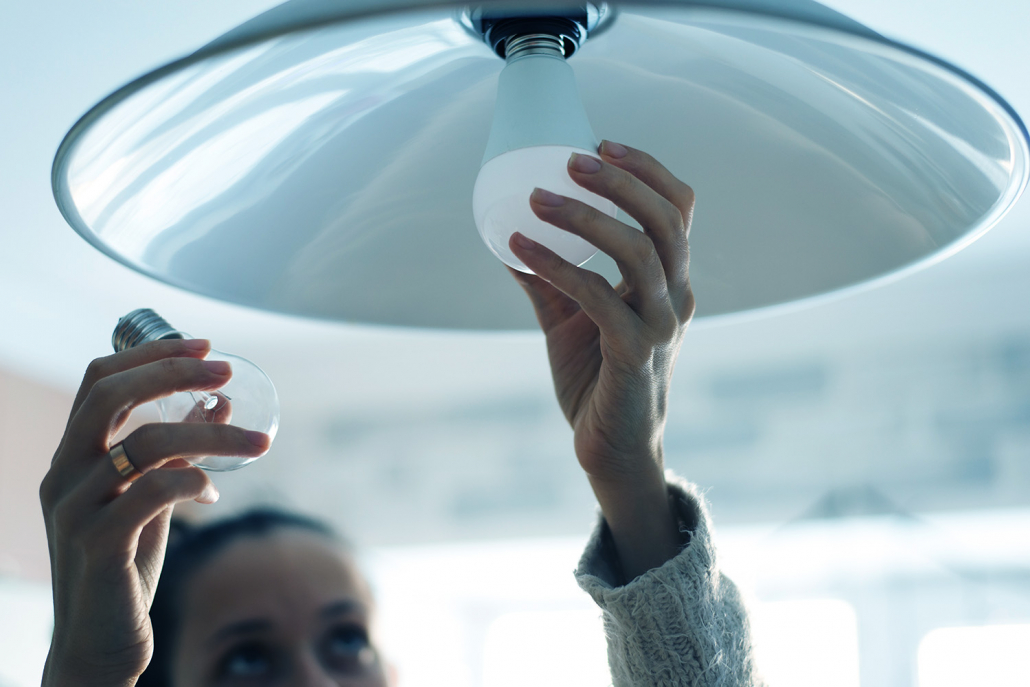It doesn’t take an economics degree to notice that the cost of living is increasing. All you need is a pair of eyes and a bank account. However, simply observing this phenomenon is not equivalent to comprehending it fully.
In Australia, individuals are grappling with elevated energy prices and widespread hikes in their cost of living, which has left a lot of homeowners in challenging situations with bills piling up left, right, and centre.
As energy prices continue to rise, homeowners are increasingly concerned about the impact on their household budgets. The impact of these price increases can be significant, from increased utility bills to rising prices for goods and services. This article explores the potential impact of rising energy prices on your home and provides some tips for managing and reducing energy costs.
Understanding the Impact of Rising Energy Prices
The impact of rising energy prices on your home is a complex issue that can be affected by various factors. Some of the most important factors to consider include the type of energy being used, the size of the home, the efficiency of the home’s heating and cooling systems, and the climate in which the property is located.
The Impact of Rising Energy Prices on Utility Bills
An increase in utility bills is one of the most immediate impacts of rising energy prices on your home. As the cost of electricity, natural gas, and other forms of energy rise, the amount you pay for your monthly utility bills will also increase. This can be incredibly challenging for homeowners on a fixed income or who are already struggling to make ends meet.
The Impact of Rising Energy Prices on Home Values
Another important consideration regarding rising energy prices is the impact on home values. As energy prices rise, homes that are less efficient and more expensive to operate may become less desirable to potential buyers. This can lead to decreased home values and a more challenging housing market overall.
Strategies for How to Manage and Reduce Energy Costs
There are a variety of strategies that homeowners can implement to manage and reduce their energy costs. One of the most effective approaches is to improve your home’s energy efficiency by upgrading insulation, sealing air leaks, and upgrading to energy-efficient appliances and lighting. This can significantly reduce the energy your home requires to operate and save you money on your monthly utility bills.
Another strategy for managing energy costs is to implement a home energy monitoring system, which can help you identify areas of your home that use the most energy and provide recommendations for reducing energy consumption. This can be especially useful for homeowners looking to make targeted improvements to their energy usage and reduce their overall energy costs.
Finally, consider alternative energy sources, such as solar power. While the initial investment in these systems can be significant, over time, they can significantly reduce your reliance on traditional energy sources and save you money on your monthly utility bills. To get even more out of their solar, households can add solar batteries to store excess electricity, this can be used at night meaning you can use your own generated electricity day and night.
By implementing these strategies, homeowners can take proactive steps to manage and reduce their energy costs, helping to protect their household budgets and improve the overall efficiency and value of their homes.
households can add solar batteries to store excess electricity…
Taking Action to Mitigate the Impact of Rising Energy Prices
As energy prices continue to rise, it is more important than ever for homeowners to take action to mitigate the impact of these increases on their homes. Whether you are looking to save money on your monthly utility bills or increase the value of your home, you can implement various strategies to make your home more energy-efficient and reduce your overall energy costs.
To learn more about a solar solution to help you become more energy independent call the Solar Battery Group on 1300 223 224.








